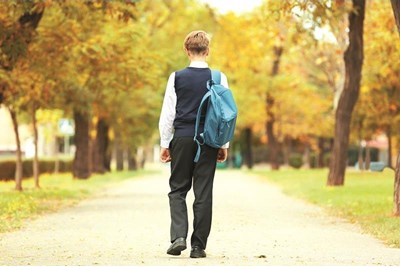Schools are doing their utmost to close the disadvantage gap that has plagued educational outcomes for too long, but with the gap already showing from as young as three-years-old, Dr Sam Parrett says we cannot do it alone
Official data indicates that 3.9 million children live in poverty in the UK – around nine in an average classroom (DWP, 2022). And this figure is expected to worsen after the axing of the Universal Credit uplift introduced during Covid.
The effect of poverty on a child’s academic attainment is, unsurprisingly, stark. As we all know, gaps start opening at a very early age and once they are open, they continue to increase throughout the educational journey.
This is well demonstrated by research involving more than 11,000 young people born in 2000/01 (Elliot Major & Parsons, 2022). Of the 18% who failed to gain a Grade 4 or above in GCSE English language and maths, 48% had already been judged to be behind at age five.
Many of these young people will progress into further education. Of our own 6,600 college students, 70% need to retake their maths and/or English GCSE when they arrive, and more than two-thirds are studying at Level 2 or below.


